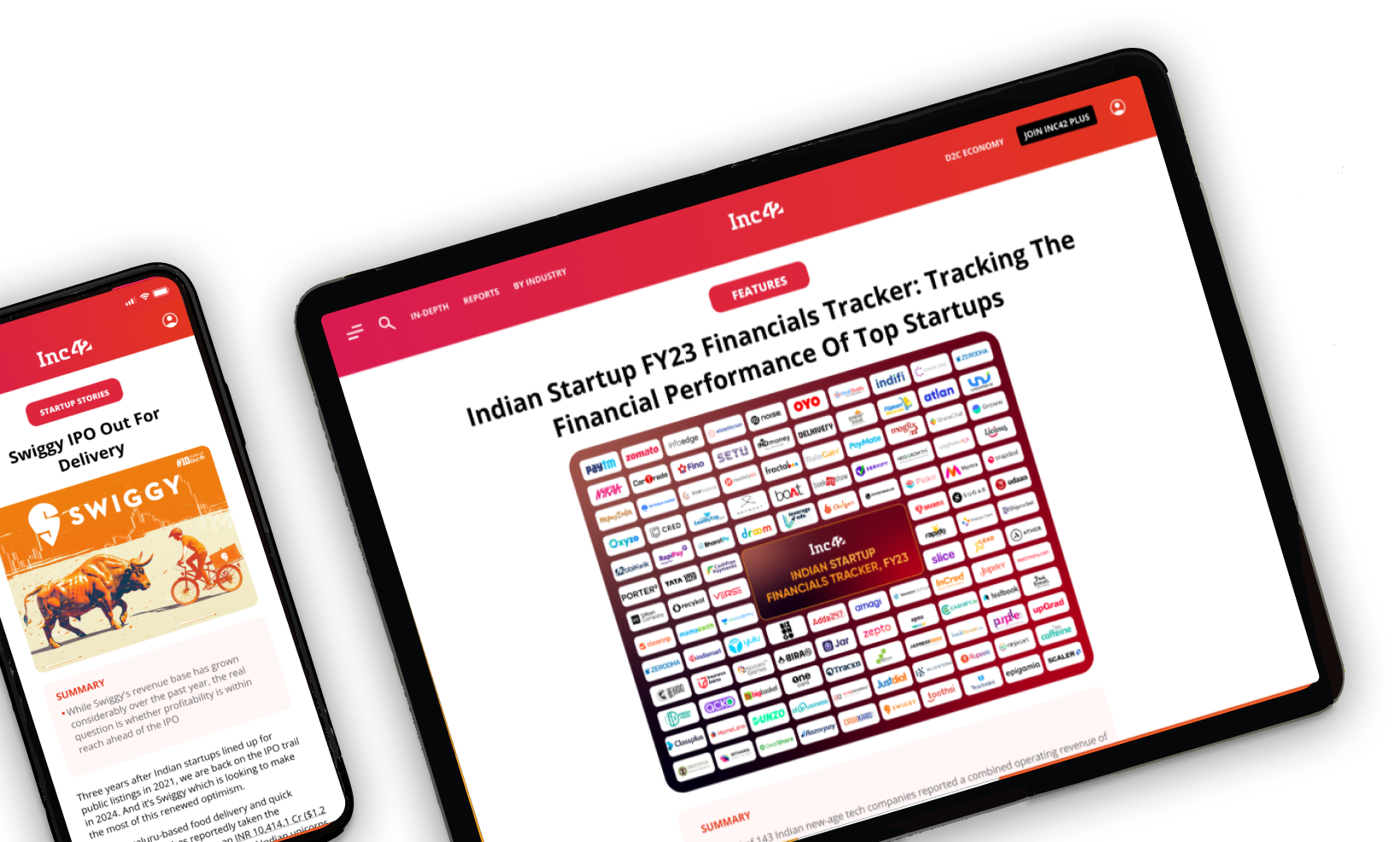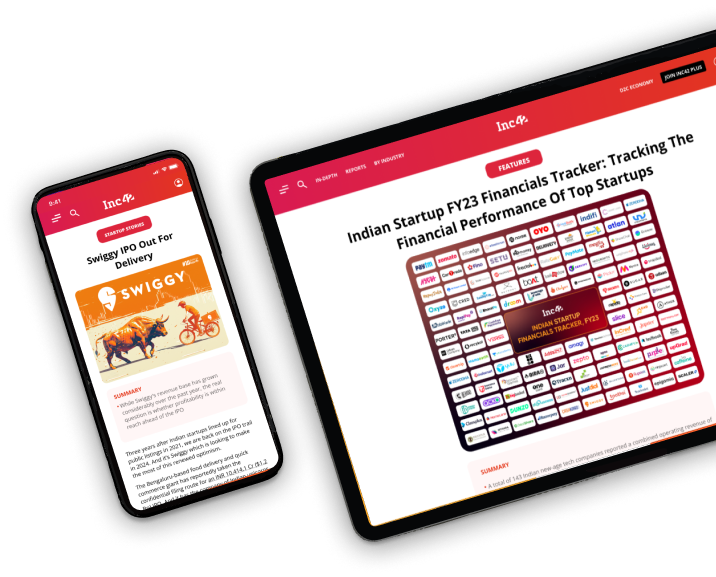
Over the years I’ve written extensively about the downsides of convertible notes for startups. The truth is that I’ve been warning about convertible notes since 2010 it was first declared that “convertible notes have won.”
Today I want to talk about how a VC thinks about equity pricing on your round and particularly if you’re coming off of a convertible note. I am reminded of this problem every time my firm does a financing where a note went before us but more specifically I was reminded by this great post by Brad Feld to talk about the pre-money vs. post-money conversion issue. It’s worth reading his post to understand the problem.
I can boil it down to how this tension plays out.
In the old days VCs funded off of a “pre-money” valuation. If you add the pre-money valuation (let’s say $8 million) to the amount of money you’re raising (let’s say $2 million) you get the post-money valuation. Pre-money ($8 Mn) + investment ($2 Mn) = Post-money ($10 Mn) and the investors now own 20% of your company $2 Mn/$10 Mn. This was until about 2009 because most the investments in companies came from one, maybe two, sources. In the old days there usually weren’t convertible notes on early-stage deals and there weren’t party rounds with 20 angels or 6 seed funds.
So deals were either “one-handed” (one VC) or “two-handed” (two VCs) and were discussed as “$5 on $20” which meant $5 million on a $20 million pre-money valuation.
But as Brad discussed — what happens to the prior convertible note in this new world? If you had previously raised $1 million in notes on my example above — is it $8 million pre-money so that my $2 million investment gets added to the note ($1m) for a post-money valuation of $11 million? If that’s the case I’d only own 18.18%, which wasn’t my expectation when I offered to fund the company. This question of “are notes in the pre or in the post” issue never used to exist and is the source of much tension, negotiation and frustration during the fundraising process.
If the $1 million note is included in the pre-money then my $2 million buys 20% (2 on 8) and your “effective pre-money) is actually $7 million (accounting for the $1 million note).
Another problem that arises in financings these days is that after a VC submits a $2 million term sheet – all of a sudden a large number of “helpful investors” pop up who were waiting for a “strong lead” and now all of a sudden a $2 million round becomes a $2.75m round. So if the round grows plus the note converts into the post-money valuation now all of a sudden my $2 million buys only 17% ($2m / $11.75m).
So you can see why this leads to a lot of tension and misunderstanding.
So how DOES a VC think about financing early-stage startups? It’s very simple:
- How much am I willing to invest in your company? This is a function of my fund size (if I have a $10 million fund I’m unlikely to write a $2 million check since my fund will lack diversification), my view of the risks in your company and my desired ownership.
- How much do I want to own % wise of your company? If I’m a concentrated fund (20–30 investments per fund) I’m likely to want to own 20+% because I don’t do many investments. If I’m a higher-volume fund that doesn’t always take board seats and wants more diversification (let’s say 50–70 deals per fund) I might only want 5–10% and I might prefer lots of other investors.
- How much is in the option pool? Why do investors care about this? Well, if you have an option pool of only 6% and have many more execs to hire to build out your team you’re going to ask for more options to be created in the future. When you do, my 20% becomes 15% and thus my true price for your round is actually higher than it appears when I invested because I already know I’m going to face more dilution for options. If you have 8 senior managers in place and I don’t think you’ll need as many people I might accept an option pool of 8% unallocated. If you’re a solo founder and haven’t built out your team or engineers I’m likely to want 15+%.
Those are the big three. Of course, investors care about controls (board, protective provisions, IP assignments, non-solicitation) but these are all pretty standard. So let’s simplify down to:
- Ownership percentage.
- Size of my cheque.
- Option pool (likely dilution in the future, which is a function of a higher price just not yet defined).
Inexperienced VCs get caught in the pre-money vs. post-money trap. I stopped the negotiation confusion years ago. About 4 years ago I started pricing all of my deals as a function of “post-money valuation.” So if I want to invest $5 million in a company and I want to own 20% of the business I would offer $5 million on $25 million post (vs. the old days of $5 million on $20 million pre). A founder can decide if they feel that $5 million for a 20% stake in her business is fair or not. But if we both agree we want to work together and if we agree that’s a fair price we don’t have last-minute confusion about my final expectations.
In most deals with convertible notes or value-added co-investors who “want into the round” the negotiation re-opens after the term sheet and this is a source of frustration at a point where the founder & the lead investor should be feeling great about each other.
For me it’s clear. If you think the other investors will be super value-added — no problem! Then you’ll willing to take more dilution for them. If you want to raise $5.5 million? No problem. We already agreed on my deal — 20%. You want to raise $7 million? No problem.
What I’ve found over the years is that this forces way more clarity on the entrepreneurs at fundraising time. It’s funny to me that many entrepreneurs who are raising money barely ever think about the “post-money” effect on dilution. As I mentioned if you raise $2m on $8m pre-money you take 20% dilution. Then, all of sudden when you get a strong lead term sheet everybody wants to chuck in “just $250k” and before you know it the round is $3.5 million and the founder starts thinking, “yeah, $3.5 million would be better than $2 million.”
That is a problem for the founder and the VC. The founder now takes 26% dilution but often they start to get less dilution sensitive because they think about how nice it would be to have more money. And the VC isn’t happy because he or she owns 17.4% instead of 20%.
When I offer post money and allow the entrepreneur the decision of how much they want to raise I’ve found that entrepreneurs are a lot more focused about not over-capitalising. They know that they have complete flexibility to raise as much as they want (within reason) but they emotionally absorb the costs in terms of dilution. And there is never any confusion about how the convertible note will be treated.
Then we just have to have one negotiation — entrepreneur and VC: What amount of money will I invest, what post-money will I get and how many unallocated options are appropriate for your stage.
[This post by Mark Suster first appeared here and has been reproduced with permission.]































 Ad-lite browsing experience
Ad-lite browsing experience